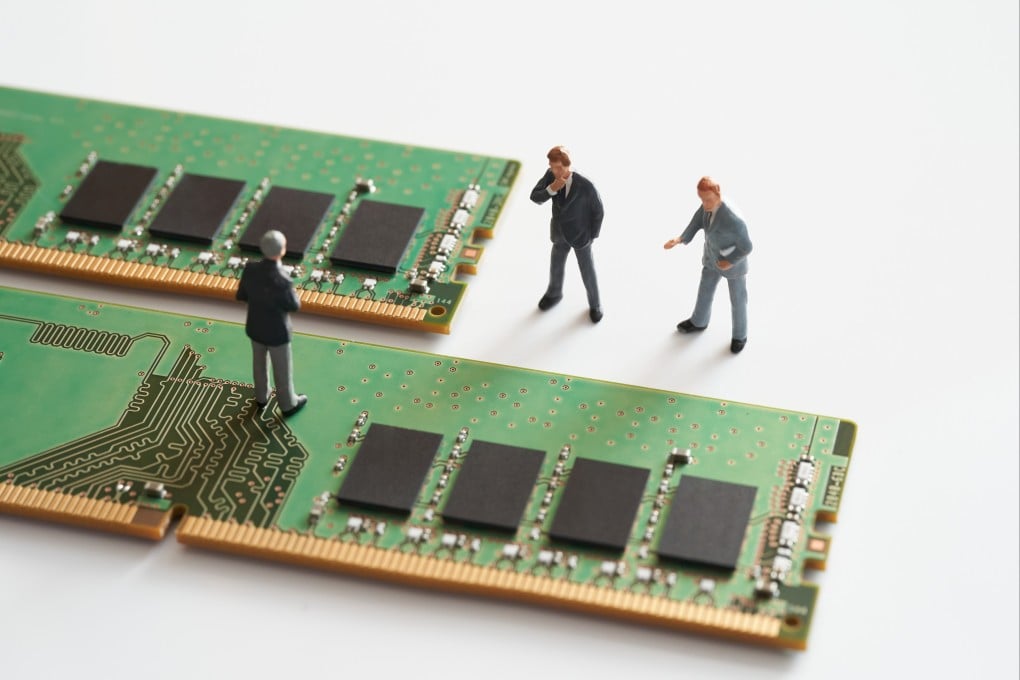Tech war: China’s chip self-sufficiency drive under siege as new US export controls tighten access to advanced semiconductors
- The US has further restricted China’s ability to obtain the latest computing chips, develop supercomputers and manufacture advanced semiconductors
- Washington has also added new licence requirements for items destined to Chinese chip foundries

The updates add new licence requirements for items destined to arrive at Chinese chip foundries, which will face a “presumption of denial”. By comparison, mainland chip fabrication facilities owned by multinationals will be decided on a case-by-case basis.
The relevant thresholds include: logic chips of 16-nanometre, 14nm, or below; dynamic random access memory chips of 18nm half-pitch or less; and NAND flash memory chips with 128 layers or more.
“A siege is forming,” said Arisa Liu, a senior semiconductor research fellow at the Taiwan Institute of Economic Research. “The intensified US tech export restrictions aim to strike at China’s abilities in super computing, AI [artificial intelligence] and semiconductor manufacturing.”
In addition, the US is imposing new licence requirements to export items used to develop or produce semiconductor manufacturing equipment and related items.
